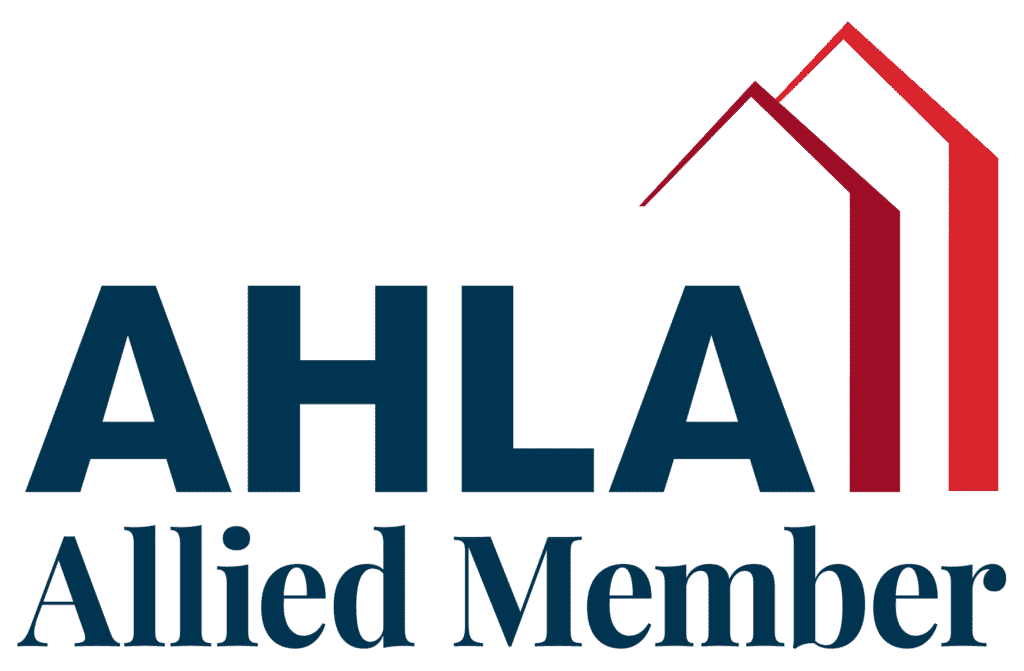It is commonly stated that individuals generally resist change, with the exception of babies with wet diapers. However, change can often yield positive outcomes. Based on the most recent data, the typical individual hands in their resignation approximately 12 times throughout their career. This frequency is notably higher within the hospitality sector, where employees typically remain in their roles for an average of 2.3 years before seeking new opportunities.
People can view the act of transitioning employment in a negative light when they describe it as “quitting”. It is important to approach this change as a new opportunity to bring your expertise to another organization. Leaving your current position should be done with thoughtfulness and professionalism in order to maintain a strong reputation.
Navigating Job Transitions: Understanding the Dynamics of Departing from an Employer
It’s difficult to part ways with an employer, especially if you have invested a significant amount of time in your role. After spending five or more years at a job, you inevitably form attachments and routines that can make deciding to leave challenging. Building relationships with colleagues, finding comfort in your daily tasks, and achieving a certain level of performance all contribute to this sense of rootedness. However, when a new, more promising opportunity arises, it is natural for both you and your employer to understand the reason for your departure.
While you may believe that your efforts to explore other employment opportunities have been discreet, it is important to recognize that employers often perceive such actions. Informing your current employer of your decision to depart may not be unexpected to them, so there is no need to be overly concerned. It is crucial to remember that your future is significant and you have valid motivations for seeking new opportunities. The act of changing jobs is increasingly normal and anticipated in today’s professional landscape. Recent studies have shown that a considerable 64% of millennial workers view job-hopping as a reasonable and potentially advantageous practice. The fundamental principle to adhere to in any job transition is to maintain a high level of professionalism and politeness, regardless of the circumstances prompting your decision to leave.
Navigating Resignation Etiquette: The Importance of Providing a Two-Week Notice
Resigning from your current position by providing a notice period of two weeks signifies your intention to leave your employment. The customary practice involves offering this notice at least 10 business days in advance. While not all employers mandate a two-week notice, it has long been a standard protocol in the professional world. Typically, employees provide a two-week notice to allow employers ample time to make necessary arrangements, adjustments, conduct an exit interview, and facilitate the return of company assets. Historically, this practice has been viewed as a professional courtesy rather than a mandatory requirement.
Please exercise caution and refer to your company’s employee handbook to determine whether a two-week or alternative notice period is necessary. The origins of the two-week notice practice are somewhat unclear, with indications suggesting it arose during the rapid expansion of large corporations in the 1960s or 1970s. This notice period traditionally allows employers ample time to fill the vacated position when an employee decides to depart. Typically, the departing employee specifies a new start date two weeks in advance of their planned exit from the company.
The concept of having departing employees complete a two-week notice period is generally considered effective, particularly when the employee has maintained a positive relationship with the organization. However, a growing trend among companies is to immediately release employees upon their resignation announcement. This decision is often driven by concerns over potential productivity issues or the risk of misconduct during the notice period.
Navigating Resignation Protocols and Transition Planning
The standard notice period for resigning is typically two weeks. However, certain organizations may request a longer lead time. Sometimes, no notice may be required. Some employers may stipulate a training period for your successor. It is recommended to ensure a seamless transition by providing assistance and cooperation. Prior to submitting your resignation, it is advisable to develop a comprehensive plan for facilitating the transition process.
The plan should include the six steps below:
-
Don’t share your resignation decision
-Keep your plan confidential. You should wait until you can officially announce your change to your supervisor.
-
Prepare your letter of resignation
-Please dedicate ample time to craft your letter of resignation and thoroughly review it multiple times. Ensure that it presents a professional appearance and tone. Avoid unnecessary verbosity and aim for a concise, professional, considerate, and direct message. If needed, there are numerous templates available online that can guide you in composing your resignation letter. Limit the letter to a single page. Clearly state your intended departure date and express gratitude for the opportunities provided by the organization.
-
Think about what you will say
-It is recommended to rehearse and refine your communication with your manager prior to the meeting. By preparing diligently and delivering your letter in a well-prepared manner, you can ensure a positive and constructive interaction for all parties involved. Striving to leave a lasting impression of competence and professionalism is key during this exchange.
-
Speak to the person in charge
-It is advisable to arrange a meeting with your manager or supervisor to discuss your resignation. Selecting a Friday for this conversation has been beneficial for some individuals in terms of allowing for a more restful weekend, alleviating worry about the situation. While Friday may be an optimal choice, it is important to be flexible and considerate of your manager’s availability when scheduling the meeting. Ultimately, the ideal time and day should be mutually convenient for both parties involved.
-
Reach out to clients
-If your role involves interactions with customers, vendors, and contractors, please notify them of your forthcoming departure. Should you deem it appropriate, you may choose to disclose your future employment location. Express your sincere gratitude for their collaboration and convey your appreciation for the opportunity to work alongside them. Maintaining positive relationships is essential, as you never know when your professional paths may intersect in the future, facilitating ongoing connections.
-
Reach out to co-workers
-It is important to inform colleagues with whom you have established strong professional relationships of your impending departure and provide them with updated contact information. The lasting bonds and friendships you have forged within the workplace should be acknowledged in a respectful manner. Your coworkers, along with your employer, vendors, and customers, will remember your contributions and character. The words they use to describe you can greatly influence your future opportunities and reputation within the industry.
Preparing for Departure and Transition to a New Employer
In preparing to depart from your current employer, it is imperative to ensure that all necessary preparations are meticulously organized. This involves developing a strategic plan to enhance essential skills and ensuring that your resume is current and polished. Transitioning to a new job can be thrilling, therefore it is advisable to approach the process with the mindset of engaging in a perpetual job search. While the prospect of securing a long-term position at your new organization is highly desirable, it is equally important to anticipate future career moves. This proactive approach serves to promote career readiness and enhances professional versatility.
Initially, it instills optimism and encourages thorough exploration of potential avenues. Subsequently, it facilitates a self-awareness of one’s strengths and areas for further development. Upon reviewing your resume, it becomes possible to identify both areas of expertise and areas requiring improvement. When tendering your resignation, it is advisable to ensure that professional relationships remain intact by expanding your list of references. The employer you depart from may be willing to provide a positive recommendation.
Utilize this period of preparation to express gratitude by sending personalized “Thank You” letters to your previous employer, clients, and co-workers. A handwritten note will convey sincere appreciation for their support in facilitating a seamless transition to your new role. Assure them of your availability for assistance in the future without promoting the products or services of your current employer, as doing so would be inappropriate. Reserve any discussion of business offerings for a more suitable occasion. Presently, focus on demonstrating genuine appreciation for the relationships cultivated during your tenure.
Resignation Notice Period and Transition Etiquette
Ensuring a smooth transition by providing your resignation notice period in a timely manner can help alleviate any potential stress associated with your departure. This proactive step will facilitate the progression towards your next career opportunity. It is crucial to approach your two-week notice with professionalism and purpose, as the impressions you leave behind can have lasting effects on your professional reputation. Engaging in negative talk about your current employer or colleagues is highly discouraged, as it can lead to burned bridges. Instead, focus on maintaining positive relationships and handling any personal grievances with discretion. Embracing the ethos of refraining from speaking ill of others, as advocated by Ben Franklin, can guide you in upholding a commendable standard of conduct during this important period.





